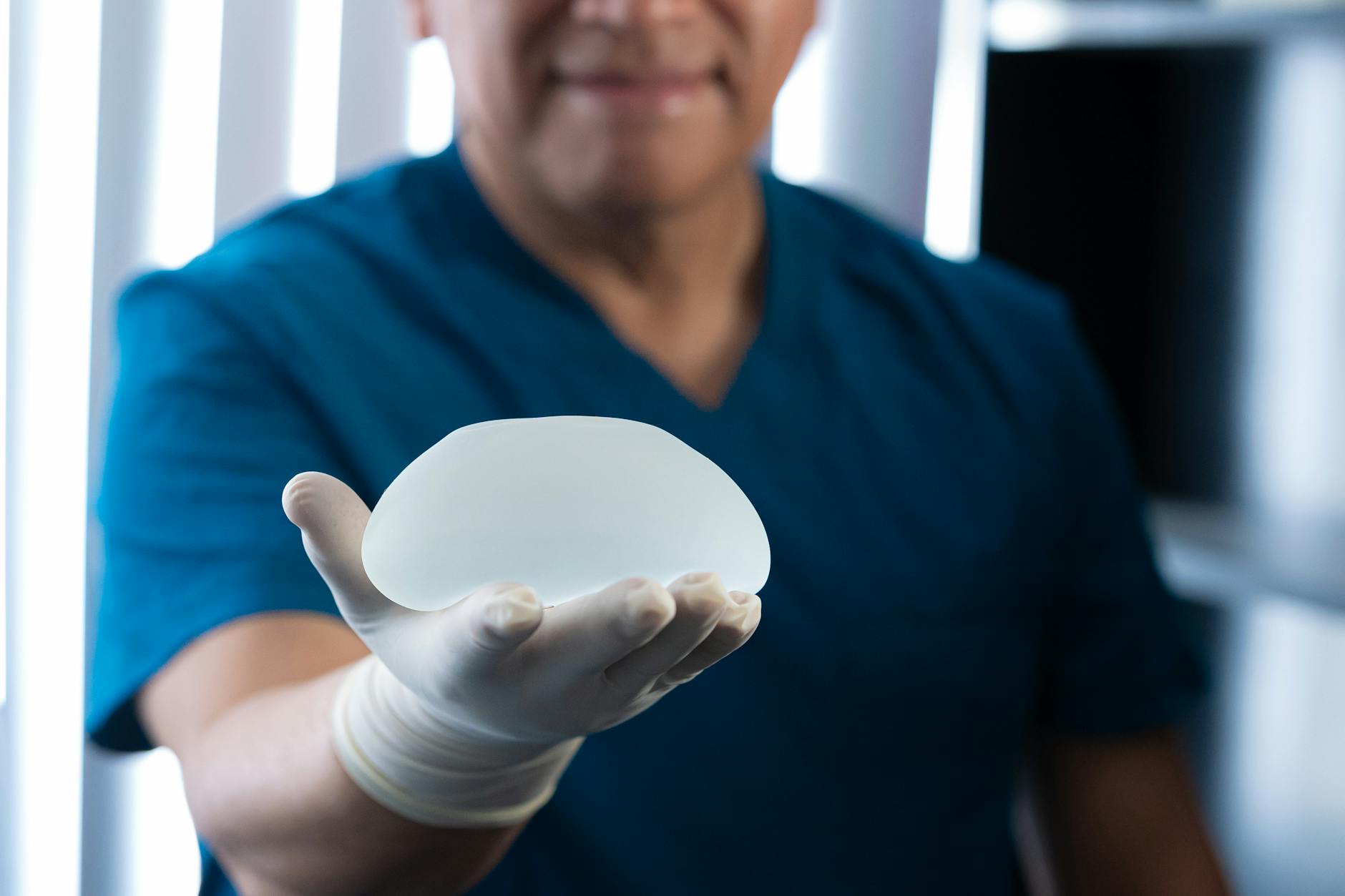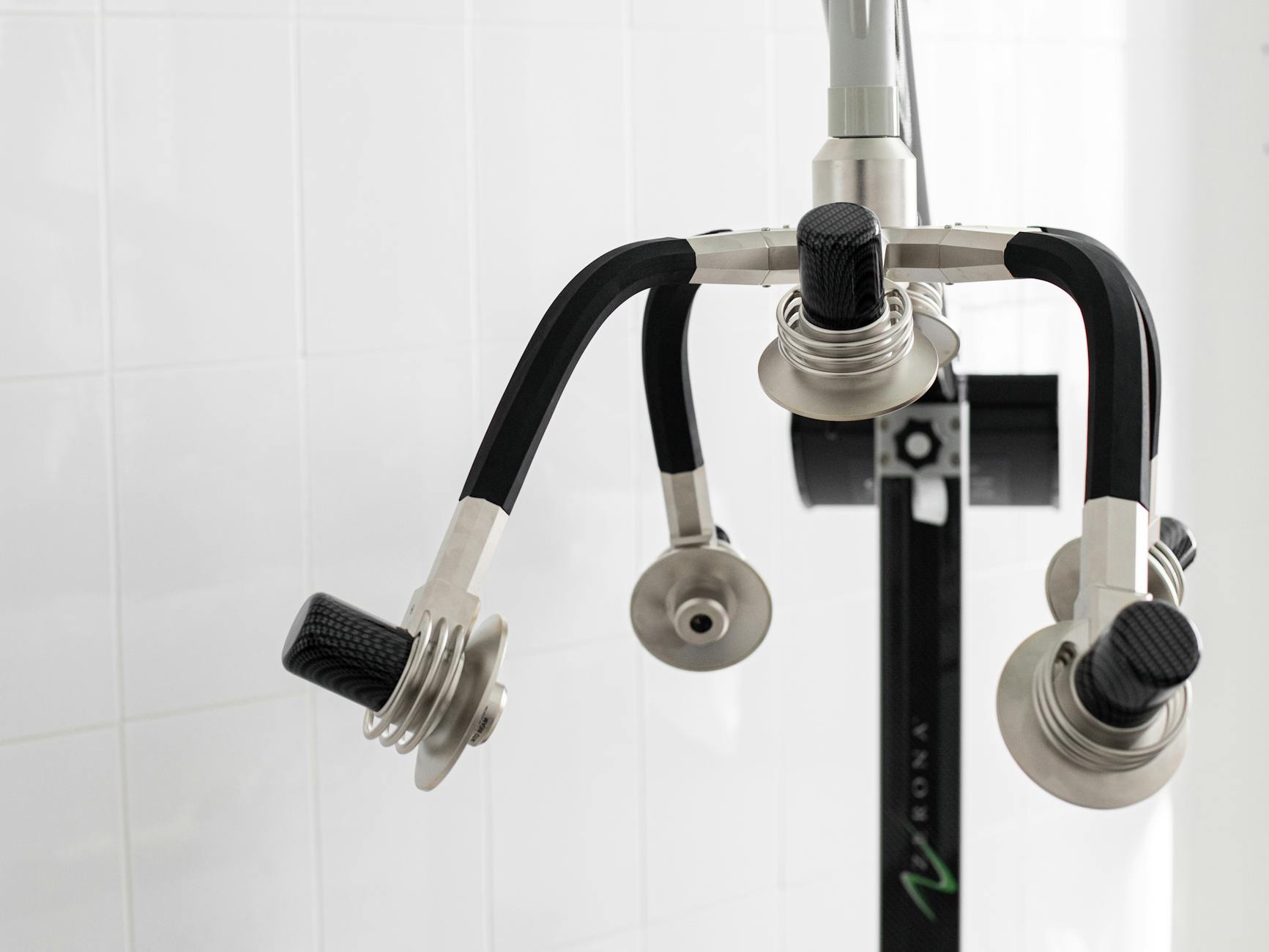Millions of people worldwide suffer from chronic back pain, which frequently leaves those who experience it feeling powerless and in need of relief. Despite their effectiveness, traditional spine procedures have a number of disadvantages, including major risks, lengthy recovery periods, and huge incisions. But what if there was a ground-breaking method that might reduce your discomfort with less intrusion and hasten the healing process?
Presenting Minimally Invasive Spine Surgery (MISS), a revolutionary approach that is revolutionizing the way that back pain is treated. This innovative method significantly reduces tissue injury and blood loss by performing precise treatments through tiny incisions using cutting-edge instruments and real-time imaging systems. 🔬 The outcomes? Shorter hospital stays, less discomfort following surgery, less scars, and faster return to normal activities. MISS provides a ray of hope for people with degenerative disc disease, spinal stenosis, and herniated discs.
We’ll examine the many advantages of this novel surgical technique, the ailments it may cure, and the cutting-edge technology advancing it as we dig further. We’ll walk you through the actual process, assist you in selecting the best surgeon, and explain what to anticipate while you’re recovering. This thorough examination of minimally invasive spine surgery will show you the way to a pain-free future, regardless of whether you’re thinking about having spine surgery or are just interested in the newest advancements in medicine. 🌟
Understanding Minimally Invasive Spine Surgery

Definition and key features
Minimally Invasive Spine Surgery (MISS) is an approach that uses size of incision or technique than its open surgical counterpart. Key features include:
- Lower muscle and tissue destruction
- Less pain and faster recovery times
- Utilization of tubular retractors and sophisticated imaging instruments
Comparison with traditional open spine surgery
| Aspect | MISS | Traditional Open Surgery |
|---|---|---|
| Incision size | Smaller | Larger |
| Muscle damage | Minimal | Extensive |
| Recovery time | Shorter | Longer |
| Blood loss | Less | More |
| Infection risk | Lower | Higher |
Types of minimally invasive spine procedures
MISS may be utilized for multiple spinal pathologies, including but not limited too:
- Herniated discs are treated with discectomy
- Decompression of the spine for stenosis
- Fusion surgery such as TLIF and XLIF
Now that you have insight into what minimally invasive spine surgery is, the next section will cover the benefits of this ground-breaking method of treatment for back pain.
Benefits of Minimally Invasive Spine Surgery

Now that we have taken a look at this beneficial idea of minimally invasive spine repair, lets take a closer look at some advantages of it. Evolving paradigms in back pain delivery, this novel technique provides huge benefits compared to open surgery.
A. Reduced pain and faster recovery
B. No, with very little, if any, scarring and tissue damage
C. Lower risk of complications
D. Shorter hospital stays
In Minimally Invasive Spine Surgery (MISS), smaller incisions are used with special instruments, resulting in less disruption of tissue. This approach leads to:
- Reduced postoperative pain
- Faster recovery times
- Minimal scarring
- Lower infection risk
- Reduced hospital length of stay (often same-day discharge)
| Benefit | MISS | Traditional Surgery |
|---|---|---|
| Incision Size | Small | Large |
| Tissue Damage | Minimal | Significant |
| Recovery Time | Shorter | Longer |
| Hospital Stay | Often outpatient | Several days |
These benefits render MISS a compelling method for treating a variety of spinal conditions which we will discuss in the following section.
Conditions Treated with Minimally Invasive Spine Surgery

Having discussed the benefits of minimally invasive spine surgery, it’s time to consider what types of conditions can be successfully treated using this advanced technique. Minimally invasive spine surgery (MISS) is a holistic term for myriad spinal solutions that include minimally invasive (less invasive than open surgery) alternatives to an open procedure.
Conditions Treated with Minimally Invasive Spine Surgery
A. Herniated discs
B. Spinal stenosis
C. Degenerative disc disease
D. Spinal deformities
E. Vertebral compression fractures
MISS has minimal tissue trauma and a quicker recovery period compared to these conditions. Here’s a look at the conditions and how they’re treated:
| Condition | Treatment Approach |
|---|---|
| Herniated discs | Discectomy |
| Spinal stenosis | Decompression |
| Degenerative disc disease | Spinal fusion |
| Spinal deformities | Correction techniques |
| Vertebral compression fractures | Vertebroplasty or kyphoplasty |
Now that we have this sense of treatable problems, the next part of this guide will explain the specifics of board-certified minimally invasive spine surgery.
The Minimally Invasive Spine Surgery Procedure
Having covered the conditions treated with minimally invasive spine surgery, let’s discuss the procedure itself. There are a number of critical steps are involved in minimally invasive spine surgery (MISS), and each is important to a posiitve outcome.
Pre-operative preparation
- Consultation with health care providers
- Medication management
- Imaging tests (X-rays, MRI)
- Tobacco cessation (e.g., lifestyle modification)
Anesthesia options
| Type | Description |
|---|---|
| Local | Used for less complex procedures |
| General | Common for more extensive surgeries |
Advancements in Minimally Invasive Spine Surgery Technology
Now that we have talked about the procedure of minimally invasive spine surgery, let us look at the technologies that is transforming this field.
Robotic-assisted surgery
Low – Beneficial as robots are able to enhance the precision and safety of a surgical process which brings the possibility of reaching, and performing, the most complex surgical process with great accuracy by the surgeon. This technology makes it easier and provides better outcomes for patients.
3D navigation systems
| Benefits of 3D Navigation |
|---|
| Improved surgical accuracy |
| Reduced radiation exposure |
| Enhanced preoperative planning |
| Real-time adjustments during procedures |
Endoscopic techniques
Endoscopic spine surgery employs small incisions and visual guidance, which provides:
- Less tissue damage
- Faster recovery times
- Lower rate of postoperative complications
Laser spine surgery
Laser achieves a customizable ablation, with minimal trauma and faster recovery. However, its efficacy in relation to traditional methods still needs further study.
Aiming in these advancements, the following section discusses factors to consider in selecting the appropriate surgeon and facility for minimally invasive spine surgery.
Choosing the Right Surgeon and Facility

Having reflected on the evolution of minimally invasive spine surgery technology, let’s turn to selecting the right surgeon and facility for your procedure.
A. Qualifications and experience to look for
If you are looking for a minimally invasive spine surgeon, review their training, track record and approaches to minimally invasive surgery. Seek out surgeons who are not only skilled in minimally invasive techniques but have a history of successful patient outcomes.
B. Questions to ask your potential surgeon
| Question | Importance |
|---|---|
| What’s your success rate? | Assess surgeon’s expertise |
| How many similar procedures have you performed? | Gauge experience level |
| What technologies do you use? | Understand surgical approach |
| What’s your post-operative care plan? | Ensure comprehensive treatment |
C. Importance of specialized spine centers
Specialized spine centers usually provide advanced tools and teams of different experts, which can result in improved results. These places can offer better support before and after surgery, which is really important for a good recovery and rehabilitation after minimally invasive spine surgery.
Recovery and Rehabilitation After Minimally Invasive Spine Surgery

Now that we’ve discussed the significance of selecting the correct physician and facility, let’s look at the recovery and rehabilitation process following minimally invasive spine surgery.
Expected recovery timeline
After minimally invasive spine surgery, you usually heal faster than with traditional open surgery. Most patients can go home within 1 to 2 days after surgery, and some might even leave on the same day. It takes around six weeks on average to recuperate, which enables a speedier return to regular activities.
Physical therapy and exercise programs
Physical therapy is an essential part of recovery and typically begins around 1 week after the surgery. A customized exercise program will address the following:
- Stretching exercises
- Strength-building activities
- Mobility enhancement
| Week | Focus |
|---|---|
| 1-2 | Rest and gentle movements |
| 3-4 | Targeted exercises |
| 5-6 | Gradual increase in activity |
The Bottom Line
Minimally invasive spine surgery has changed how we treat back pain. It provides patients with a gentler and more effective option compared to traditional open surgery. This new method has shown many advantages, like less damage to tissues, shorter time in the hospital, and faster recovery. MISS techniques are helpful for various spinal problems, like herniated discs and spinal stenosis. They use modern technology and careful methods to get the best results.
Spine surgery is getting better all the time. Now, patients can benefit from new methods like biportal endoscopic techniques. These techniques help reduce the impact of surgery while allowing doctors to see and move better during the procedure. Thanks to new technology like robots and artificial intelligence, the future of spine surgery that uses smaller cuts is looking very bright. If you have chronic back pain, talking to a spine expert about minimally invasive surgery options might be a good first step to help you get back to a more active and pain-free life.

